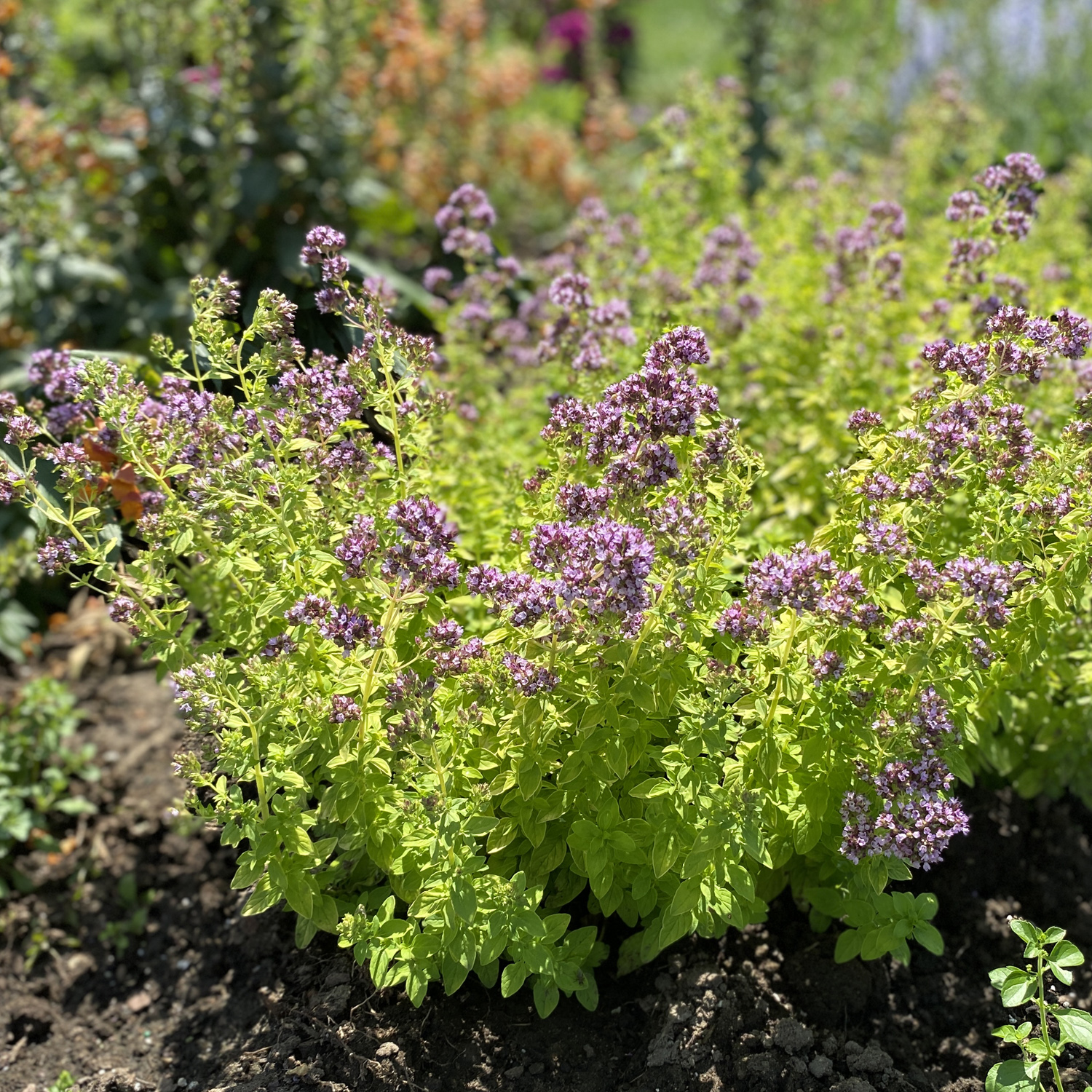Embark on a journey into the captivating world of Drops of Jupiter plant, where botanical beauty meets medicinal prowess. With its unique characteristics and versatile applications, this plant invites us to explore its enchanting realm.
From its physical attributes to its traditional uses, we delve into the fascinating details that make Drops of Jupiter plant a captivating subject for gardeners, herbalists, and nature enthusiasts alike.
Botanical Overview of Drops of Jupiter Plant

The Drops of Jupiter plant, scientifically known as *Thunbergia mysorensis*, is a captivating vine native to the tropical regions of Southern India. Its striking appearance and adaptability have made it a popular ornamental plant worldwide.
Physical Characteristics
The Drops of Jupiter plant is a vigorous climber that can reach heights of up to 10 meters. Its stems are slender and twining, adorned with lush, heart-shaped leaves that exhibit a distinctive deep green color. The foliage is characterized by its velvety texture and prominent veins.
Growth Habits and Preferred Conditions
This plant thrives in warm, humid climates with ample sunlight. It prefers well-drained, fertile soil that is rich in organic matter. The Drops of Jupiter plant is a fast-growing vine that requires regular watering and support structures to climb upon.
Medicinal Properties and Traditional Uses
Traditionally, the Drops of Jupiter plant has been utilized in Ayurvedic medicine for its purported medicinal properties. The leaves and roots are said to possess anti-inflammatory, antibacterial, and diuretic qualities. In folk medicine, it has been employed to treat conditions such as skin infections, digestive disorders, and urinary tract ailments.
Cultivation and Care for Drops of Jupiter Plant

The Drops of Jupiter plant is a relatively easy plant to care for, but it does have specific requirements that must be met in order to thrive. These requirements include proper soil conditions, light, water, and protection from pests and diseases.
Propagation
The Drops of Jupiter plant can be propagated from either cuttings or seeds. Cuttings should be taken from healthy stems in the spring or summer. Seeds can be sown in the spring or fall. To propagate from cuttings, simply take a 4-6 inch cutting from a healthy stem and remove the leaves from the bottom inch or two. Dip the cutting in rooting hormone and plant it in a pot filled with a well-draining potting mix. Keep the cutting moist and in a warm, sunny location. It should root in 4-6 weeks.
To propagate from seeds, sow the seeds in a pot filled with a well-draining potting mix. Keep the seeds moist and in a warm, sunny location. The seeds should germinate in 2-3 weeks.
Soil Conditions
The Drops of Jupiter plant prefers well-drained, slightly acidic soil. The soil should be loose and airy, and it should not be allowed to become compacted. If the soil is too heavy, it can be amended with sand or perlite to improve drainage.
Light Requirements
The Drops of Jupiter plant prefers bright, indirect light. It can tolerate some direct sunlight, but it should not be exposed to direct sunlight for extended periods of time. If the plant is not getting enough light, it will become leggy and the leaves will turn pale green.
Watering Schedule
The Drops of Jupiter plant should be watered regularly, but it should not be overwatered. The soil should be allowed to dry out slightly between waterings. Overwatering can lead to root rot, which can kill the plant.
Common Pests and Diseases
The Drops of Jupiter plant is susceptible to a number of pests and diseases, including aphids, mealybugs, spider mites, and whiteflies. These pests can be controlled with a variety of methods, including insecticidal soap, neem oil, or horticultural oil. The plant is also susceptible to a number of fungal diseases, including powdery mildew, leaf spot, and botrytis. These diseases can be controlled with a variety of fungicides.
Landscaping and Design with Drops of Jupiter Plant
The versatile Drops of Jupiter plant offers a range of landscaping possibilities. Its adaptability and aesthetic appeal make it suitable for various applications.
As a border plant, its compact size and dense foliage create a neat and defined edge, enhancing the overall garden design. Its ability to tolerate partial shade makes it an excellent choice for areas with limited sunlight.
Containers
Drops of Jupiter plants thrive in containers, bringing color and texture to patios, balconies, and porches. Their compact growth habit and tolerance for well-drained soil make them ideal for smaller spaces.
Ground Covers, Drops of jupiter plant
In larger landscapes, Drops of Jupiter plants can be used as a ground cover, forming a dense carpet that suppresses weeds and adds visual interest. Their ability to tolerate drought and poor soil conditions makes them a low-maintenance option.
Compatibility and Wildlife
Drops of Jupiter plants are compatible with a wide range of companion plants, including hostas, ferns, and other shade-tolerant species. They also attract butterflies and other pollinators, enhancing the biodiversity of the garden.
Design Ideas
In cottage gardens, Drops of Jupiter plants create a charming and romantic atmosphere. Their delicate flowers complement the whimsical nature of this style. In modern landscapes, their clean lines and contemporary look add a touch of sophistication.